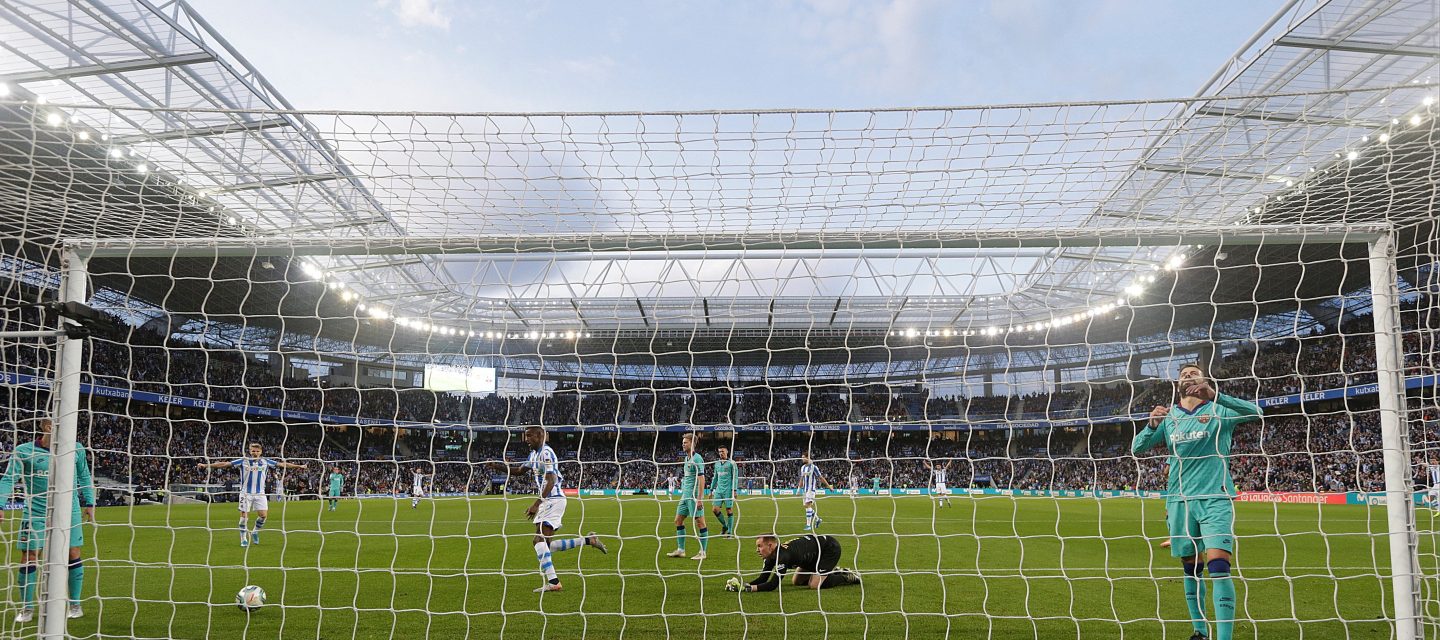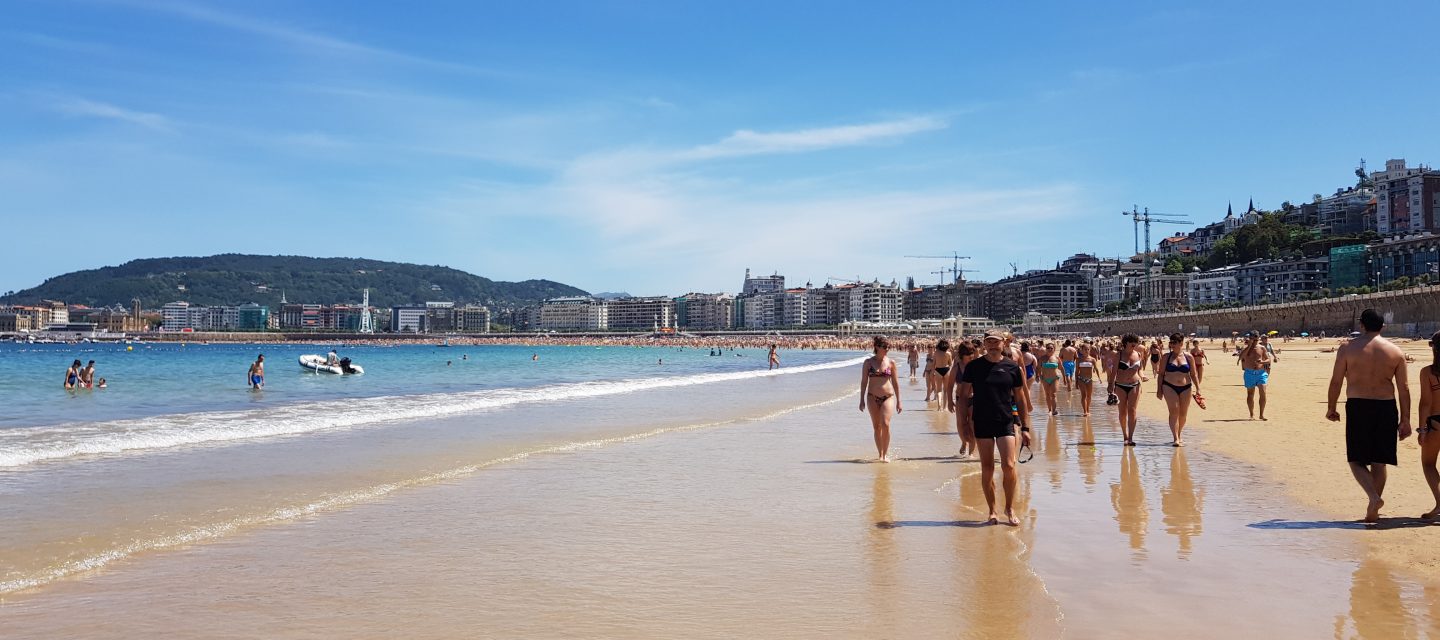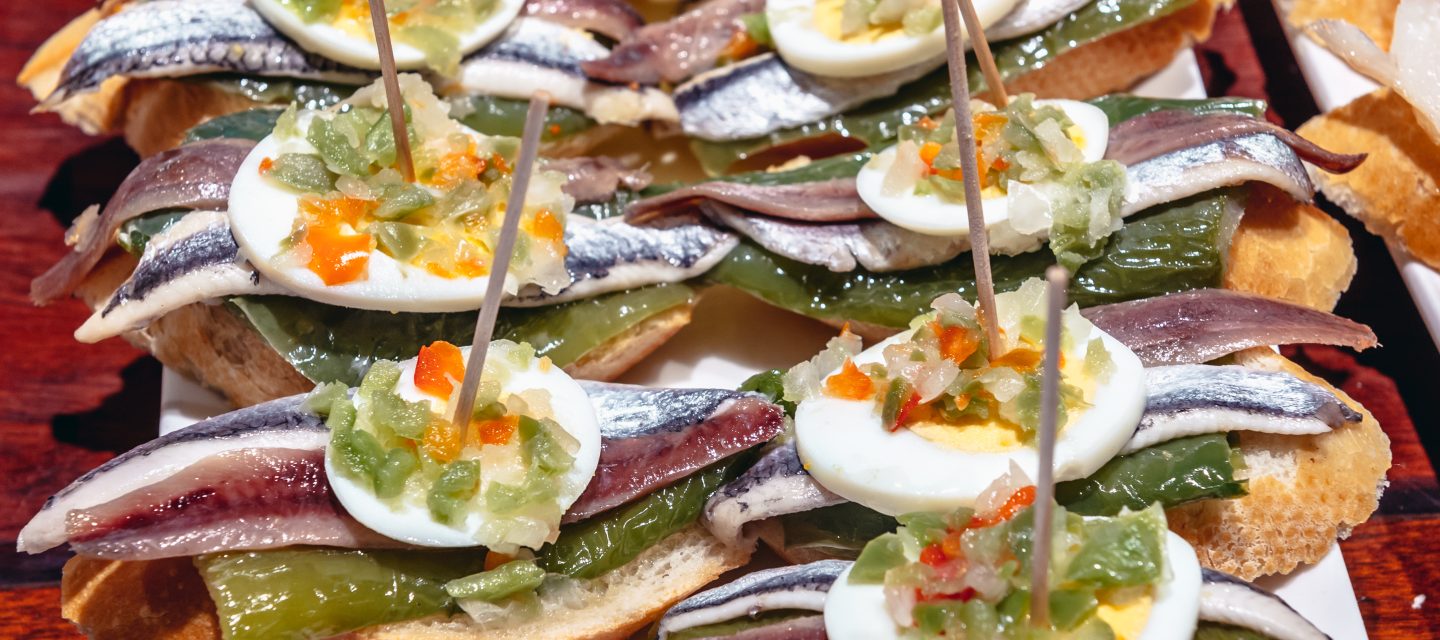

Good food, lovely wine and an attacking style of play: In San Sebastian (or Donostia, as they say in the city) there are a lot of things that tickle your senses. Real Sociedad is one of the two big clubs of the Basque Country, where the Basque traditions are of great importance.
Reale Arena
The outside of Estadio Anoeta was once white but had turned brown for years already. Yes, the home of Real Sociedad could use an upgrade, to say the least, not to talk about the track court and the distance to the pitch. Over the last few years, the stadium had been renovated into the beautiful Reale Arena it is now: A real football stadium with fans close to the pitch, royal blue seats and a waving roof.

Estadio de Atotxa
If you walk along the Maria Dolores Aguirre Kalea and walk onto the Plaza de Campo de Atotxa you might not realize it immediately, but here, close to the city centre, is the place where Real Sociedad won their only two league titles in the eighties. And indeed, if you know it you see it: The tower blocks which surround the square are exactly built in the square shape of the in 1993 demolished stadium. North of the stadium there is bar Tribuna Norte, named after the former north stand of the stadium, which has old pictures of the stadium on the wall.
The firework tradition of San Sebastian
One arrow for a goal against La Real, two arrows for a goal for the hosts. It's a beautiful tradition known for decades to update the city of the current score in Anoeta. Because of the introduction of the internet and live television, the tradition has lost a bit of its importance, but still after every goal someone runs outside to light off the fireworks.
Playa de la Concha
San Sebastián is beautifully located on the Bahia de la Concha (the bay of the shell), with a beach which encloses the bay almost entirely from the open sea. When the tide allows it, there are people playing football. Once a year, it is also the decor of the school football tournament of the city. At the end of the boulevard is Playa de Ondarreta, where La Real played her first matches, and a certain Xabi Alonso learned to play football. The Spanish world champion returned to the city after his career and lives close to this beach.

Statues for the highs and lows of the club's history
On the square in front of the Reale Arena, there are two famous statues. One is for the most beautiful time in the club's history, the other one for the darkest day. There's a bust of Alberto Ormaetxea, a former player who won both league titles with Real Sociedad when he was their manager. The other one is of Aitor Zabaleta, a fan of La Real who got stabbed to death in Madrid by a fascist fan of Atlético Madrid. After 25 years, his memory is still kept alive.
Pinchos in the old city
San Sebastian is the capital of the pinchos, a Basque kind of tapas that is traditionally served on skewers with a piece of bread. In the narrow streets of the old town, you can eat them anywhere: in scenic bars, like Ganbara, Txepetxa and Paco Bueno you can run into Xabi Alonso as well.
A typical Real Sociedad restaurant in the old town is José Mari, a lovely Basque restaurant with the club's crest on the wall.

Bars around the stadium
Around the stadium, it's usually busy early on match days, in the bars around Plaza Aita Donostia. From the terrace of Bar Gol Taberna, you'll have a great view of the Reale Arena. Take a look at the beautiful photo on the outside wall of the bar: An image of the Basque derby of 1976, when Real Sociedad and Athletic de Bilbao came onto the pitch with a Basque flag, which was at that time still forbidden sign in Spain.
Tickets
Through the button ‘Entradas’ on the website of Real Sociedad, you can easily buy tickets for home games. Even for the fiery Basque derby against Athletic de Bilbao, you can buy tickets.
How to get there
The parking space around the Reale Arena is limited, but the best chance to find a spot is at the Donostia Arena, the hall near the Reale Arena.
It's easier to get there by metro. From station Amara-Donostia, the metro can take you in a few minutes to Anoeta-Donostia, which is right in front of the stadium. From the city centre, it's about a 30-minute walk.
Images: Shutterstock, BSR Agency



